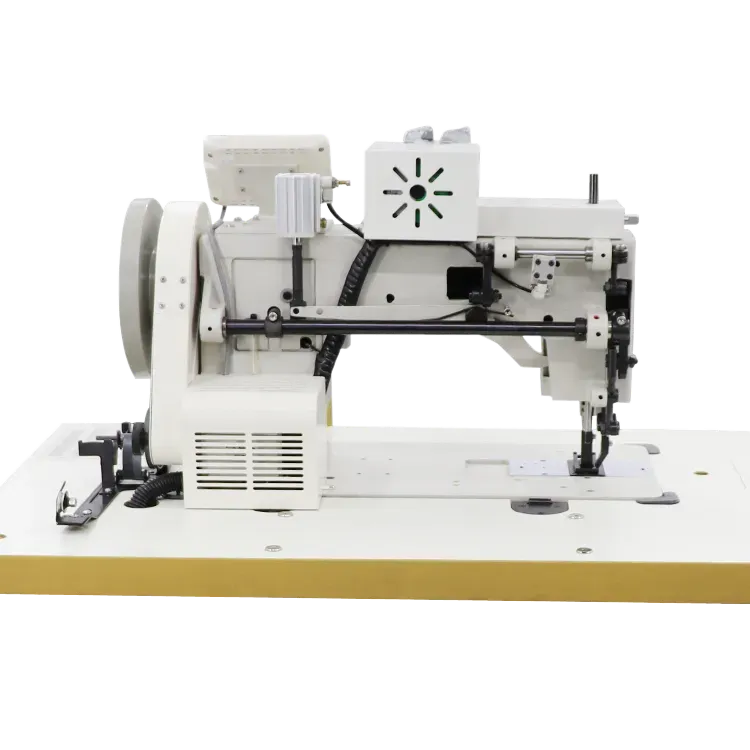Creative Techniques for Embroidery Using Zigzag Stitch for Unique Designs
The Art of Embroidery Mastering the Zig Zag Stitch
Embroidery is a timeless craft, merging artistry with textile manipulation. Among the myriad of stitches that embellish fabric, the zig zag stitch stands out for its versatility and functional appeal. This article will take a closer look at the zig zag stitch, its history, applications, and tips for mastering it in your embroidery projects.
A Brief History of Embroidery
Embroidery is believed to date back thousands of years, with evidence of decorated textiles found in ancient civilizations such as Egypt, China, and India. Initially, embroidery served as a decorative ornamentation for clothing and household items. Over time, various techniques and stitches evolved, leading to the diverse array of embroidery styles we see today. Among these, the zig zag stitch emerged as a practical and decorative addition.
What is the Zig Zag Stitch?
The zig zag stitch is a simple yet effective stitch characterized by its back-and-forth pattern, resembling a zig zag line. It can be executed by hand or machine and is used for both decorative purposes and practical applications. The stitch is particularly popular for its ability to finish edges, preventing fraying, and for its visual appeal, which can add depth and texture to any embroidery project.
Practical Applications of the Zig Zag Stitch
One of the most prominent uses of the zig zag stitch is in garment construction. It is often employed to finish the edges of fabric, providing a clean and durable solution that prolongs the life of the garment. Furthermore, the zig zag stitch is essential in appliqué work, where pieces of fabric are stitched onto a base fabric to create intricate designs.
In addition to functional applications, the zig zag stitch serves as a decorative element in various embroidery projects. From embellishing quilts to enhancing table linens, the stitch adds a playful quality to the fabric. With the ability to experiment with different colors and thread types, crafters can create unique visual effects that elevate their projects.
embroidery zig zag stitch

Mastering the Zig Zag Stitch
Learning to master the zig zag stitch involves understanding both the hand and machine sewing techniques. Here are some step-by-step tips to get you started
1. Choose Your Fabric and Thread Selecting the right materials is crucial. Lightweight fabrics work well with a narrower zig zag stitch, while heavier fabrics can accommodate a wider stitch.
2. Set Up Your Machine or Prepare to Hand Stitch If you are using a sewing machine, refer to the manual to set the zig zag stitch width and length according to your project needs. For hand stitching, you can replicate the pattern by moving your needle back and forth in the desired zig zag formation.
3. Practice Before working on your main project, practice on a scrap piece of fabric. This allows you to fine-tune your stitch length and width, ensuring a uniform appearance.
4. Start Stitching Begin by stitching the zig zag along the edge of your fabric, maintaining even pressure and speed for a consistent line. If you are embroidering a design, visualize the pattern as you go, adjusting the stitch direction as needed.
5. Finishing Touches Once you finish, trim any excess threads and inspect your work. Ironing the fabric can enhance the final look of your embroidery by flattening any creases.
Conclusion
The zig zag stitch is a fundamental tool in the embroidery artist's toolkit, combining practicality with aesthetic appeal. Whether you are a seasoned embroiderer or a beginner, mastering this stitch opens up a world of creative possibilities. From functional garment construction to eye-catching decorative elements, the zig zag stitch can transform ordinary fabric into extraordinary works of art. Embrace this stitch in your next project and discover how this simple pattern can make a significant impact!
-
Industrial Cylinder Arm Sewing Machine: Revolutionizing Heavy-Duty SewingNewsJul.28,2025
-
Cylinder Arm Sewing Machine: Perfect for Special Sewing ApplicationsNewsJul.28,2025
-
Cylinder Bed Sewing Machine: Essential for Sewing Complex MaterialsNewsJul.28,2025
-
Heavy Duty Sewing Machine: The Essential Tool for Industrial ApplicationsNewsJul.28,2025
-
Computerized Pattern Sewing Machine: Revolutionizing Precision StitchingNewsJul.28,2025
-
Heavy Duty Industrial Sewing Machine: Power Meets PrecisionNewsJul.28,2025
-
Leather Sewing Machine: The Industrial Standard for Tough MaterialsNewsJul.18,2025





























